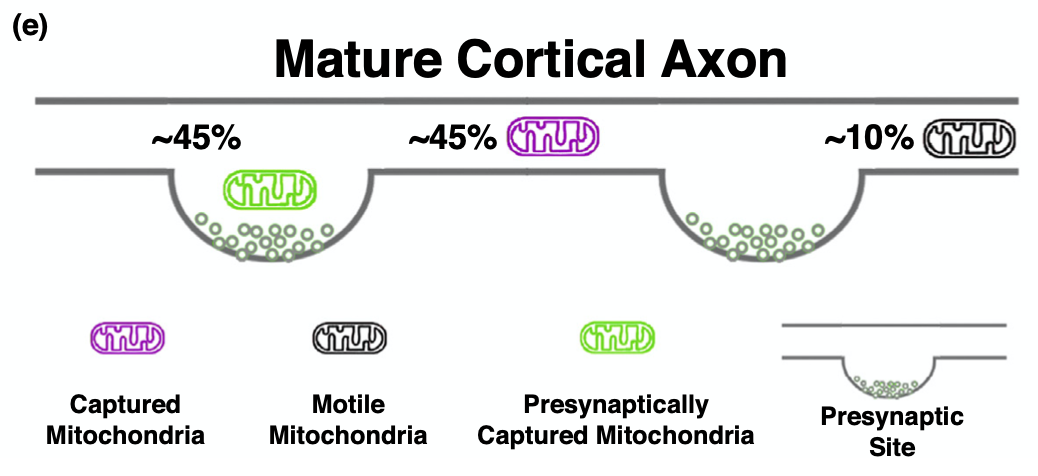Mitochondria play numerous critical physiological functions in neurons including ATP production, Ca2+ regulation, lipid synthesis, ROS signaling, and the ability to trigger apoptosis. Recently developed technologies, including in vivo 2-photon imaging in awake behaving mice revealed that unlike in the peripheral nervous system (PNS), mitochondrial transport decreases strikingly along the axons of adult neurons of the central nervous system (CNS). Furthermore, the improvements of genetically-encoded biosensors have enabled precise monitoring of the spatial and temporal impact of mitochondria on Ca2+, ATP and ROS homeostasis in a compartment-specific manner. Here, we discuss recent findings that begin to unravel novel physiological and pathophysiological properties of neuronal mitochondria at synapses. We also suggest new directions in the exploration of mitochondrial function in synaptic transmission, plasticity and neurodegeneration.
